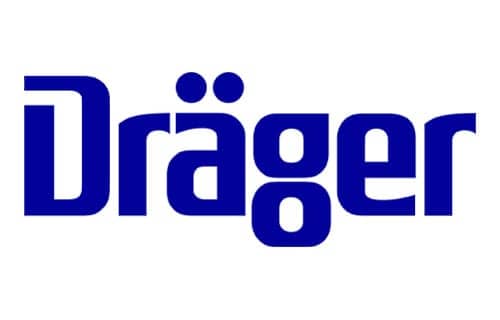An Open Letter to Our Colleagues and Readers of RT Magazine

Edwin Coombs, MA, RRT, NPS, ACCS, FAARC, Draeger Inc
I am writing to you today to share my concerns with an August 2016 publication where four major ventilator manufacturers were evaluated for safety and usability of their products. I have also written to the publishing editor where I believe selection bias may have had an impact on the results (albeit unintentional).
The article has been widely spread through the media channel of RT Magazine not as an endorsement but as a paid advertisement. The study infers that the Servo-U demonstrated the highest levels of use safety and user experience.
In designing this published study, the test participants that were recruited were from three hospitals. Those being Duke, Wake-Med, and UNC. These facilities currently utilize the Servo-I, PB840, and Hamilton G5. Having the actual test device or immediate predecessor device of the study device allowed the test participants to enter the testing process with advanced knowledge and experience vs that of equipment that are not used at their respective facilities. Selection bias occurs when researchers recruit unrepresentative sample population. The sample population differs in some significant way form the population that generated the sample population. Therefore, generalization of results should be made with caution.
Additionally, the study used “exploration based training.” According to the FDA guidance on usability tests: “To the extent practicable, the content, format, and method of delivery of training given to test participants should be comparable to the training that actual users would receive.” RTs would typically receive training from the manufacturer or from manufacturer certified trainers, therefore the study should have offered such training before each test session. Knowing that the study did not utilize manufacturer-trained clinical educators, the actual training used as the basis for the study must be questioned.
With these two points explained in the study design, I am of the opinion that the execution of the study with regard to recruited candidates and non-certified trainers introduces a level of selection bias that can easily skew the reported results. In order to truly understand comparative usability, a future study should be done with participants that have absolutely no prior experience to the study devices and that training be conducted by a certified manufacturer’s educator.
I believe that we can all agree that ICU safety and ventilator management are of paramount concern and the need for proper training and clinician education remains a constant priority for many ventilator manufacturers. For additional information on how Dräger ventilators can help support the 2014 and 2016 National Patient Safety Guidelines, feel free to visit our website at www.draeger.com.
Sincerely,
Edwin Coombs, MA, RRT, NPS, ACCS, FAARC
Director of Marketing – Intensive Care
Draeger Inc
3135 Quarry Road
Telford, PA 18969
Email: [email protected]
Editor’s note: The above article was prepared by the author in his personal capacity. The opinions expressed in this article are the author’s own and do not reflect the view of RT: For Decision Makers in Respiratory Care. Please contact [email protected] for more information.








